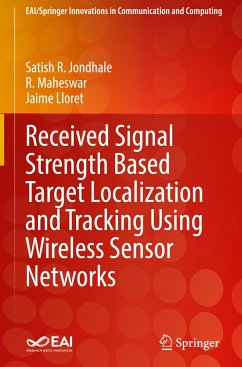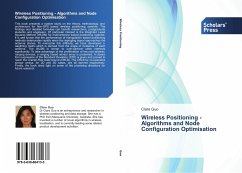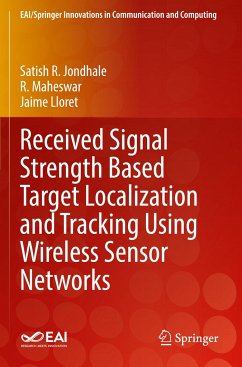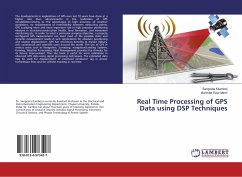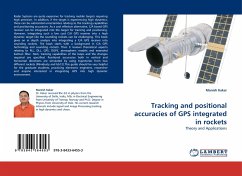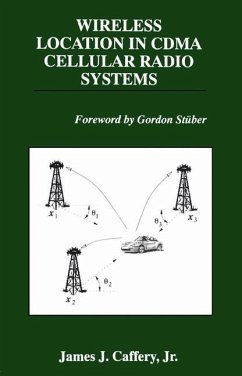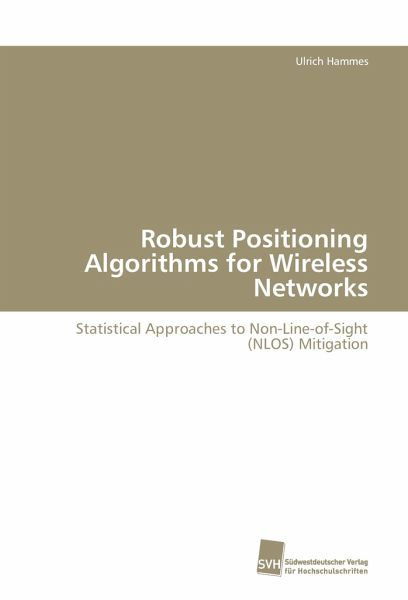
Robust Positioning Algorithms for Wireless Networks
Statistical Approaches to Non-Line-of-Sight (NLOS) Mitigation
Versandkostenfrei!
Versandfertig in 6-10 Tagen
46,99 €
inkl. MwSt.

PAYBACK Punkte
23 °P sammeln!
This work deals with the problem of determining the geographic position of a radio transmitter by exploiting signal parameters such as time-of-arrival (TOA), angle-of-arrival (AOA) or others together with the geometry of a network of receivers. If direct physical connections between the transmitter and each of the receivers exist, meaning the channel is in line-of-sight (LOS), accurate position estimates can be obtained by trilateration or triangulation techniques. However, in practice obstacles such as buildings and trees reflect the signals and hinder them to arrive at the receivers via the ...
This work deals with the problem of determining the geographic position of a radio transmitter by exploiting signal parameters such as time-of-arrival (TOA), angle-of-arrival (AOA) or others together with the geometry of a network of receivers. If direct physical connections between the transmitter and each of the receivers exist, meaning the channel is in line-of-sight (LOS), accurate position estimates can be obtained by trilateration or triangulation techniques. However, in practice obstacles such as buildings and trees reflect the signals and hinder them to arrive at the receivers via the direct path. This phenomenon, called non-line-of-sight (NLOS) propagation, yields erroneous signal parameters and consequently high positioning errors. This book presents several approaches to design statistical algorithms that achieve similar positioning accuracy to conventional techniques in LOS environments and do not degrade significantly when the degree of NLOS propagation increases.




